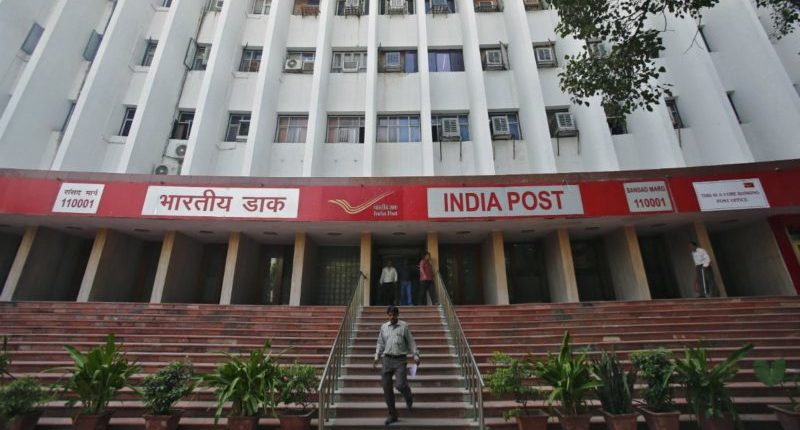India Post, just like any bank in India, provides various small saving schemes to people such as savings account, recurring deposits, and fixed or time deposits. The time deposit accounts cannot be withdrawn before the maturity period, or it requires notice for premature withdrawal.
A post office time deposit account can be opened by any individual who is above 18 years of age, a minor who is 10 years and above, and a parent/guardian of a minor or a person of unsound mind. There is a provision that a maximum of three adults can open a time deposit account jointly.
Also Read: 4 alternatives to savings account for higher returns
Here are the five things that you should know about the post office time deposit accounts:
1. Interest rates on post office time deposits and categories: There are four types of time deposit accounts, namely, 1-year, 2-year, 3-year, and 5-year deposits.
The following interest rates apply to the post office time deposits from the 1st of July 2019:
| Categories of a time deposit account | Interest rate |
| 1-year time deposit account | 6.9% |
| 2-year time deposit account | 6.9% |
| 3-year time deposit account | 6.9% |
| 5-year time deposit account | 7.7% |
2. Deposit repayment and annual interest payment: Interest payments on such deposits are made annually, and the interest amount is rounded to the nearest rupee. The deposit repayment is made at the end of the maturity amount, say 2, 3 or 5 years.
If the payment date of annual interest falls on a Sunday or a postal holiday, the amount will be credited to the individual’s account on the next business day preceding the actual date of payment, according to the India Post guidelines.
3. Forms required: The forms relevant to the post office time deposit account are as follows:
- Account opening form (AOF): A standard account opening form (AOF) is used to open a time deposit account in the post office. While opening such an account, a funding transaction is mandatory.
- Time deposit journal: An RD journal is used for time deposit accounts at the extra-departmental branch offices.
- Account closure form: To close a post office time deposit account, Form SB-07 has to be filled by the account holder.
- Pay-in slip: Form SB-103 is used to deposit money into such deposit accounts.
- Interest payment application: Form SB-7 is used to pay interest in post office time deposit accounts.
- CBS passbook: Form SB-5A is used to fill a common passbook. Passbook entries should be made using a passbook printer, in compliance with the India Post guidelines. Nevertheless, the entries can be made by hand in case the passbook printer does not operate, by specifying the amount of deposit and repayment in the account. Such sums are to be written in words as well as figures.
4. Premature withdrawal of time deposit balance: An early withdrawal will only be allowed after the completion of six months from the date of account opening. The interest is paid at the rates prescribed to the savings account if the account is closed between six months to one year.
In case the time deposit of a 2-year, 3-year or 5-year is withdrawn prematurely after the completion of the first year, the interest will only be paid for the completed years and months. However, the rate of interest will be 1% less than the specified rate for the time deposit account.
If a tenure of three years has been completed before the request of withdrawal in the case of a 5-year time deposit, the interest will be paid for the completed years and months at a rate 1% lower than the rate specified for a 3-year time deposit.
If the interest amount paid before closing the account exceeds the interest amount payable under the above terms, the excess amount will be adjusted against the principal balance and the interest due, and the remaining amount will be returned to the account holder.
5. Time deposit as security: The holder of the time deposit account can transfer the account as security. The owner will, however, have to pledge the entire amount in the time deposit account as he/she is not allowed to guarantee a partial balance. Form SB-13(a) can be used to apply for the transfer of the account. The account so pledged can be re-transferred to the original owner after the individual has obtained the written authority from the person to whom the account had been pledged.
For any clarifications/feedback on the topic, please contact the writer at komal.chawla@cleartax.in
I am an aspiring Chartered Accountant. I spend most of my free time dredging through the various Indian finance subreddits. I am a semi-professional bowler with a high strike rate every time there is a new tax reform!





